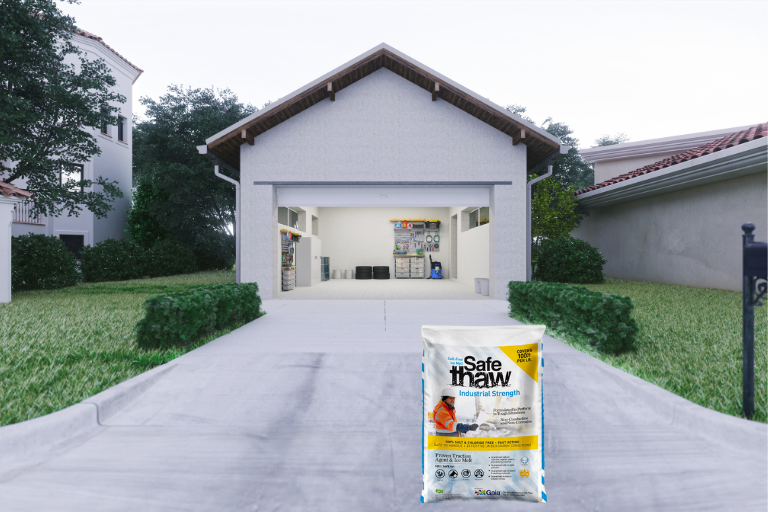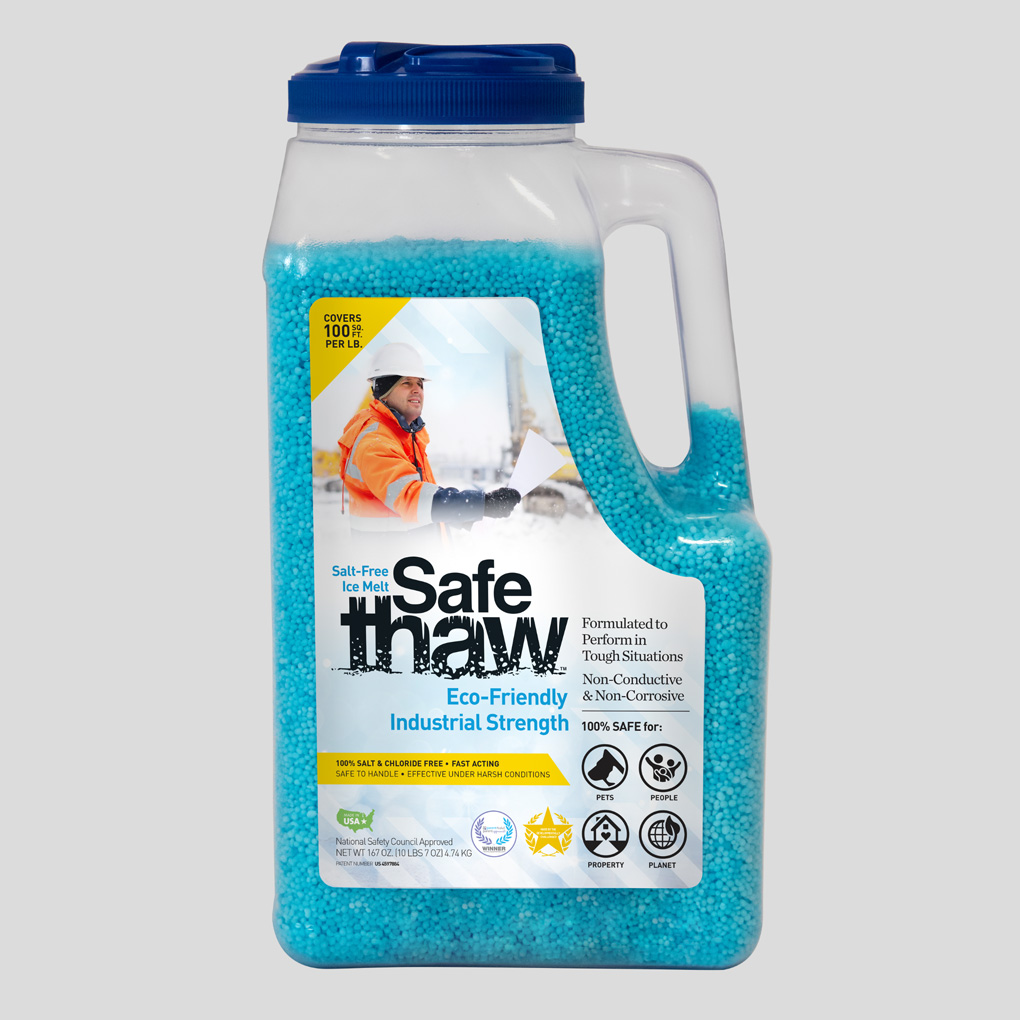How To Calculate Concrete Needs For Any Project: A Step-By-Step Guide

Concrete is the backbone of countless construction projects, but determining the right amount needed can be challenging. In this comprehensive guide, we’ll walk you through the step-by-step process of “concrete how to calculate.” Whether you’re working on a small DIY project or a large-scale industrial endeavor, understanding how to calculate concrete requirements accurately is essential. We’ll also introduce you to the invaluable tool known as the “concrete for slab calculator.”

Safe Thaw
Safe Thaw was created as the ice management solution for tough winter environments. Ideal in commercial and industrial properties, shops, government agencies, bridges, and construction.
Why Accurate Concrete Calculation Matters
Before we delve into the specifics of “concrete how to calculate,” it’s crucial to grasp why accurate calculation matters in construction projects:
1. Cost Efficiency
Overestimating or underestimating concrete needs can lead to unnecessary expenses or project delays. Accurate calculation ensures you purchase the right amount of concrete, optimizing your budget.
2. Project Success
Concrete is the foundation of most structures. An inaccurate calculation can compromise the structural integrity and safety of your project.
3. Environmental Impact
Wastage of concrete contributes to environmental concerns. Precise calculation reduces excess material usage, promoting sustainability.
Step-By-Step Guide To Concrete Calculation
Let’s break down the process of “concrete how to calculate” into manageable steps:
Step 1: Gather Project Information
Before you can calculate concrete needs, gather essential project information, including:
- Project Dimensions: Measure the length, width, and depth (thickness) of the area where concrete will be poured.
Step 2: Calculate Concrete Volume
Use the gathered information to calculate the volume of concrete needed. The formula is straightforward:
Volume (cubic yards)=Length (feet)×Width (feet)×Depth (inches)27
Volume (cubic yards)=
27
Length (feet)×Width (feet)×Depth (inches)
Step 3: Factor In Wastage
Concrete projects often require more material to account for wastage, spillage, and variations in thickness. It’s advisable to add 10% to 15% to the calculated volume to accommodate these factors.
Step 4: Choose The Right Concrete Mix
Selecting the appropriate concrete mix is crucial. Consider factors like project requirements, strength, and durability.
Step 5: Use The Concrete For Slab Calculator
The “concrete for slab calculator” streamlines this process by automating the calculations. Input your project dimensions, and it will provide an accurate estimate of the concrete volume required.
Pitfalls Of Salt And Chloride-Based Ice Melts
Before we conclude, it’s vital to address the negative impacts of salt and chloride-based ice melts on concrete surfaces:
- Concrete Erosion: These de-icing products can erode the surface of concrete, leading to premature deterioration.
- Corrosion: Salt and chloride can corrode steel reinforcements within the concrete, compromising its strength.
- Environmental Harm: Runoff from these products can harm vegetation and aquatic ecosystems.
Safeguarding Your Concrete With Safe Thaw
To protect your concrete from the damaging effects of traditional ice melts, we recommend using Safe Thaw. Here’s why:
- Non-Corrosive: Safe Thaw is non-corrosive, ensuring it won’t harm your industrial property, or machinery, or cause short circuits.
- Chloride-Free and Toxin-Free: It contains no harmful chlorides or toxins, making it safe for the environment and surrounding areas.
- Long-Term Effectiveness: Safe Thaw’s concentrated formula guarantees long-term effectiveness, even in harsh winter conditions.
- Advanced Composition: It’s a patented dual-effect compound, consisting of a modified crystalline amide core infused with special glycol admixture and traction agents.
100% salt & chloride-free, fast acting Ice Management Solution
Conclusion: Accurate Calculations And Concrete Protection
In the world of construction, accuracy is paramount. Mastering “concrete how to calculate” ensures the success and sustainability of your projects. Additionally, protecting your concrete from the harmful effects of salt and chloride-based ice melts with Safe Thaw safeguards your investments for years to come.
By following this step-by-step guide and making informed choices like using Safe Thaw, you’re well-equipped to tackle concrete projects with confidence and precision.
Try Also Our Other Winter Safety Products:
Safe Paw
The Original and #1 Selling Pet and Child Safe Ice Melt for over 20 years. Guaranteed environmentally safe –It won’t harm animals or children, and it won’t damage your property. That’s Safe Paw. Safe Paw can change how winter affects our planet.

Walk On Ice
The handy disposable canister can be taken everywhere, with the same 100% naturally occurring minerals that provide instant traction on ice or snow. Use it on sidewalks, steps, or as an instant traction agent for your car.



